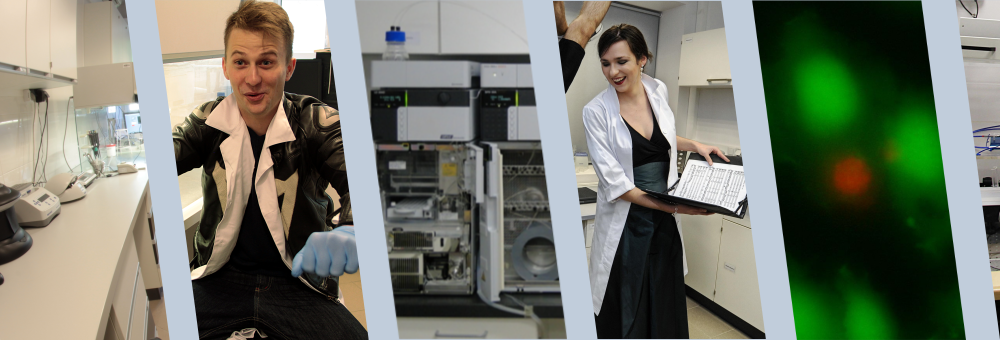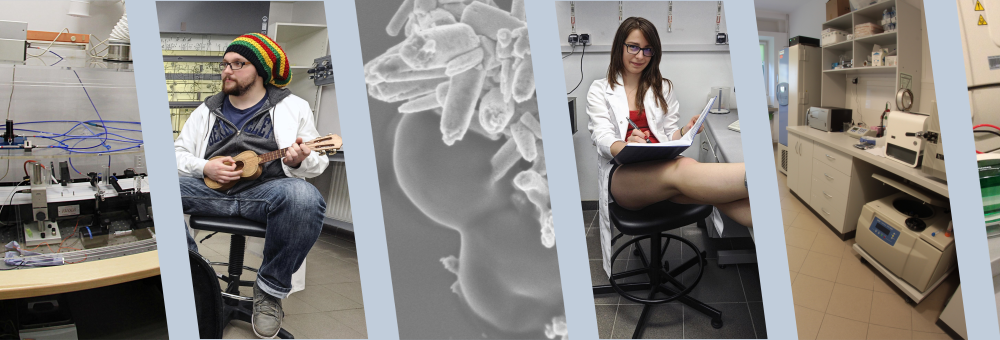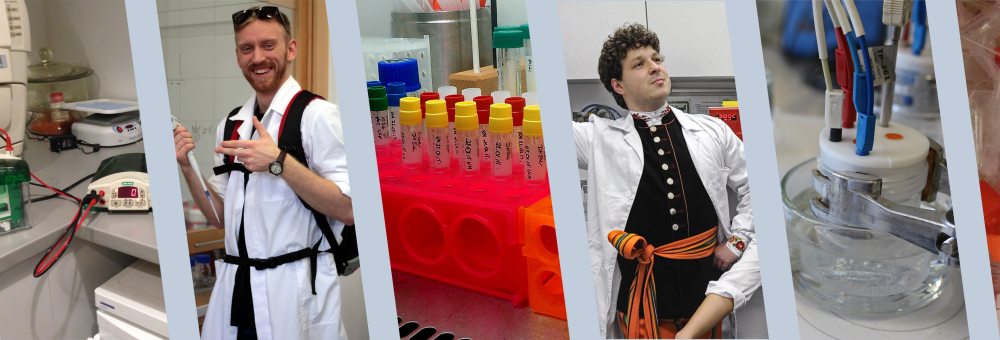Publication
Percolation-to-droplets transition during spinodal decomposition in polymer blends, morphology analysis
Author(s): Demyanchuk, I and Wieczorek, SA and Holyst, R
Title: Percolation-to-droplets transition during spinodal decomposition in polymer blends, morphology analysis
Abstract: Phase separation kinetics of the off-critical mixture of polystyrene and is studied by the time-resolved light and optical microscopy. The results from the light scattering are correlated with the images obtained by the optical observation in order to find characteristic features of the intensity during the percolation-to-droplets morphology At the beginning of the spinodal decomposition process only bicontinuous network is present in the system and the light scattering has only one peak. The network coarsens and at the same time droplets appear in the system resulting in a growth of the intensity at very small wave vectors. When the large network to break up into disjoint elongated domains a second peak in the intensity appears. Finally, both peaks merge into a single at zero wave vector, indicating a complete transformation of domains into spherical droplets of variable sizes. The of the direct microscopic observations with the light spectra shows that the process of breaking up of the network starts when the growth of the first peak, to the bicontinuous pattern, becomes very slow (essentially pinned down). (C) 2004 American Institute of Physics.
Pages: 1141-1147
Journal: JOURNAL OF CHEMICAL PHYSICS
Volume: 121
ID: ISI:000222265600066
Year: 2004
DOI: 10.1063/1.1760513









